By TREVOR HOGG
By TREVOR HOGG
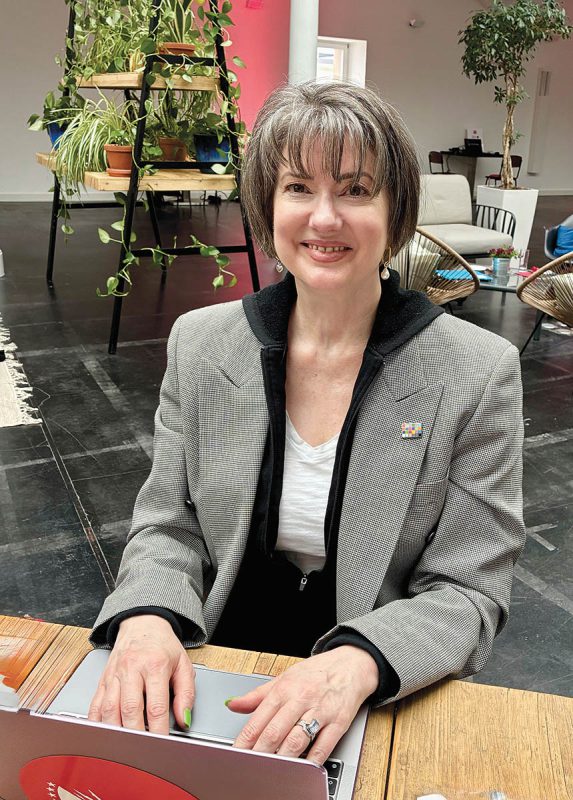
The past decade has been literally and figuratively a ‘Mission: Impossible’ for Robin Saxen, who has been the constant visual effects component throughout the Christopher McQuarrie era of the film franchise where she started off as Visual Effects Consultant on Mission: Impossible – Rogue Nation and became the Visual Effects Producer on Mission: Impossible – Fall Out, Mission: Impossible – Dead Reckoning Part One and Mission: Impossible – The Final Reckoning.
Before taking on the perilous global espionage exploits of Ethan Hunt, Saxen had a fateful experience on another Tom Cruise production when she was a visual effects production coordinator at ILM. “The biggest moment was working on Magnolia with Paul Thomas Anderson. We were almost the same age, and he was so excited about working on the project and so infectious that it was a joyous experience.” A mentor was also discovered in the form of Joe Letteri, VES. Saxen remarks, “Working with Joe all the way through Magnolia led to a lot of the tools that I’ve made and the systems I put in place so we can track things quicker, get through things and deliver. Ultimately, the filmmakers are worried about the picture while I’m worried about all the pieces that are going to make that picture.”
Working in the film industry was not an obvious fit despite being born and raised in California. “My dad was an insurance broker after leaving the Navy,” Saxen states. “I wanted to be part of something that was always changing. I did not want to sell insurance. I like the energy of working in the kind of world where the technology is always growing and the ask is always something bigger; that makes it quite engaging intellectually.” Technology continues to advance at a rapid rate. “When I first started, somebody called me from USC and asked, ‘How much space would it take to store a whole movie?’ At the time, I said, ‘It’s never going to happen because it costs too much to scan a film.’ Now, that happens all the time. Even how we deliver films. At the end, it’s a file, not these big, bulky prints. It has sped up how quickly we can compile everything but also means that things can be pushed to the very end.” The resolution divide no longer exists between digital and film. “Digital technology has improved so much that you actually get a much finer resolution than with film, and that was many years in the making. When we started with digital, it was only 1080 res, and film could go up to 6144. We’re able to achieve it now with DI treatments.”
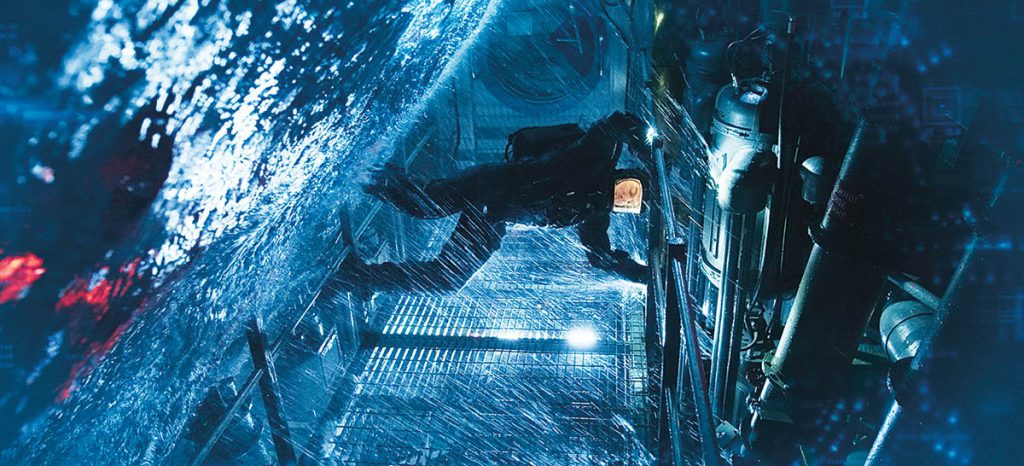
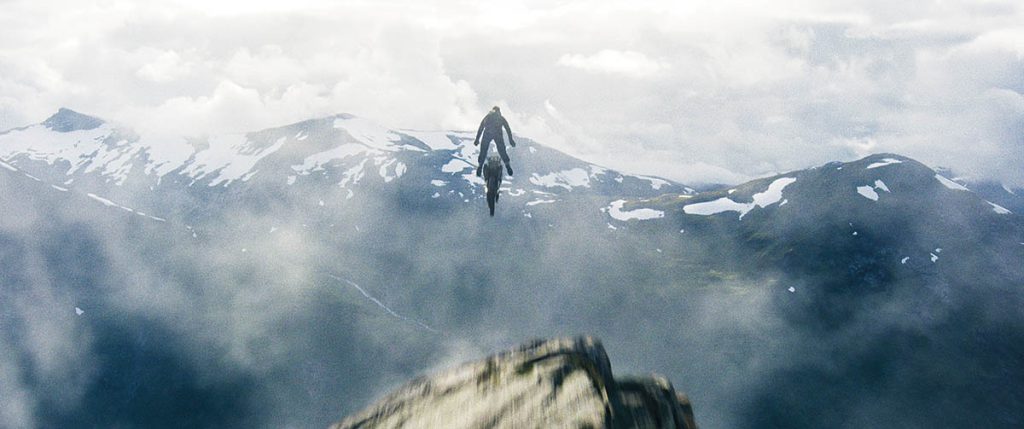
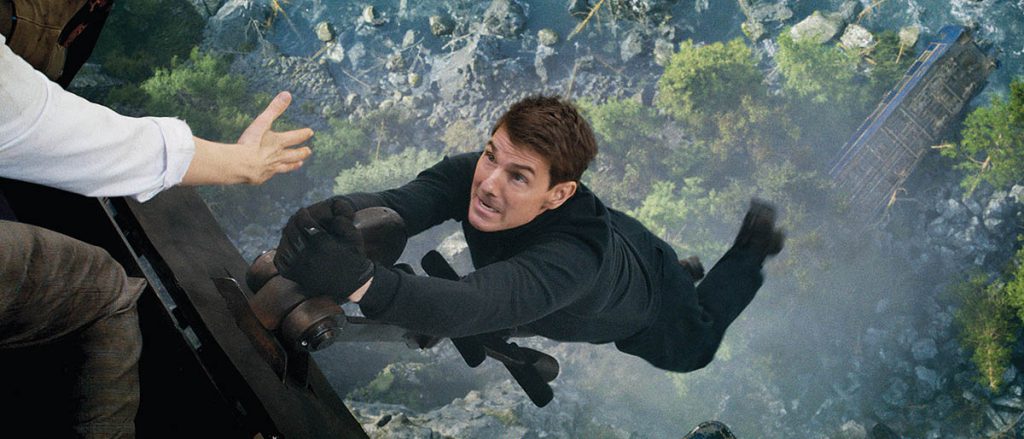
“I love the globality of our industry because everything benefits from a more global contribution of the brain trust. It’s that technology and striving to make something even better, and bringing all of these different people together around the world has made our industry grow exponentially.”
—Robin Saxen, Visual Effects Producer
An analog enjoyment growing up was reading books. “I was always into books and expanding my knowledge,” Saxen remarks. “I loved John Steinbeck in the early days. I grew up on a little bit of a farm, and remember in high school people talking about The Grapes of Wrath and saying when they had to butcher their pigs how tragic that was and what it meant psychologically to the children. I said, ‘Actually, I grew up on a farm, and we used to watch the chickens get butchered. It was just a thing that you did.’” The quest for knowledge led to Pepperdine University and a BA in Telecommunications and Political Science. “I wanted to do more editorial work, but the industry was hard to get into if you didn’t have a family connection or know somebody. I ended up working at Unitel Video, which did The Fresh Prince of Bel-Air and Star Trek: The Next Generation. I was getting nowhere fast, so I sent out 50 resumes and got hired at Pacific Title Digital. There was this great programmer named Bonnie Boyd, and she explained operating systems and Linux to me in a way that made sense. We had to make stuff up as we were going along. There were no GUIs [Graphic User Interface] at that time. Everything was command-line based.”
Breaking new ground with emerging digital technology was exciting. “Several times I’ve run into people saying, ‘We’ve been doing it like this for 20 years. Why should we change?’” Saxen notes. “I’m like, ‘We have computers now. Let’s do something better. Let’s speed it up!’ I’ve taken a lot of pride in automating tools on my side for production and editorial so that we can take care of all the paperwork, communication and tracking easily. This allows us to focus on the picture, the job and making sure that we can deliver on time and as much on budget as we possibly can, and I take a lot of pride in that.”
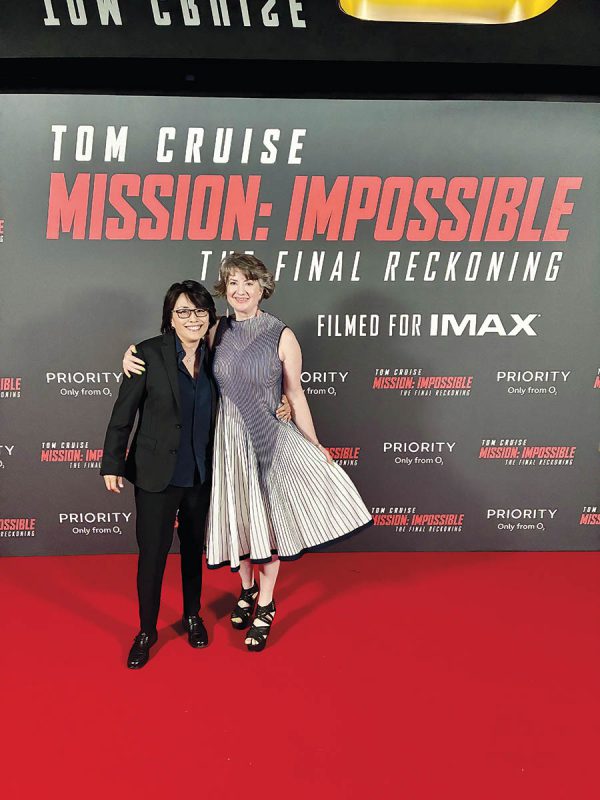
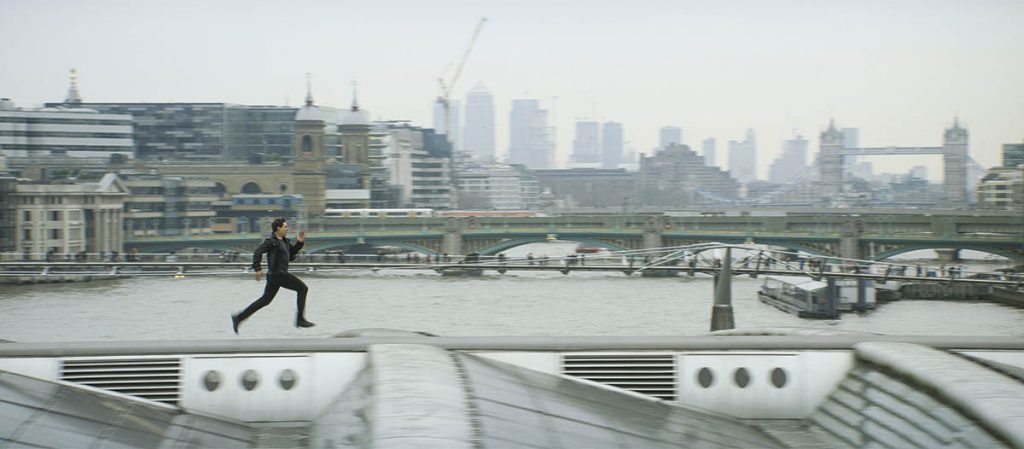

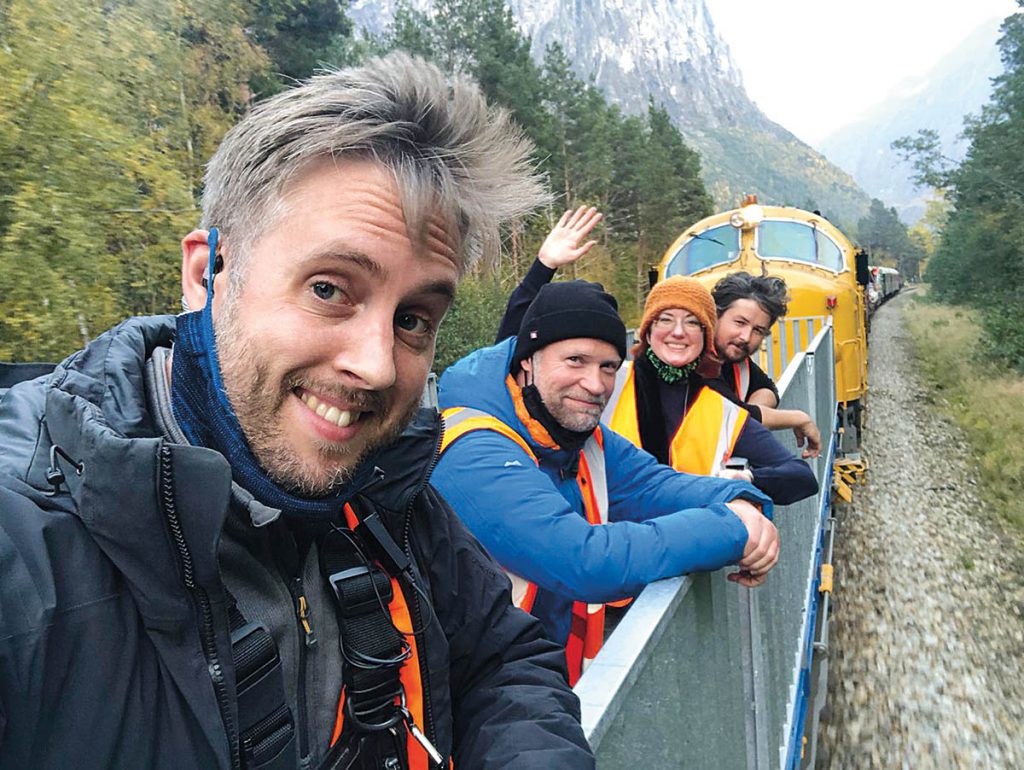
The willingness to adopt technological advancements extends to AI. Saxen comments, “AI has become a boogeyman that, somehow, they’re trying to beat us up with. But we’ve always worked to make better tools in order to improve how we work. Part of that is physics and math. I’ve even called it liquid math when I was trying to explain it to somebody. Don’t be afraid of the tool. The traditional way to get into visual effects companies back in the day was through roto and tracking, and a lot of that’s been farmed out. Now there are tools making that easier. If you have tools that make things easier, then you can focus on the next thing. What I hope is it will inject a creative freedom that enables you to make something that unleashes your potential.”
There is still a place for traditional methods. “ILM was a huge collaboration of talent and people appreciating each other’s ability, like the modelmakers and the special effects guys,” Saxen recalls. “I still remember being in a mobile home-type of cabin, and people getting on the loudspeakers saying, ‘Explosion off stage one.’ And you would hear this loud boom! That was very cool. ILM was established and had their way of doing things. Then I went to Wētā Digital, which didn’t have any baggage. It was all about, ‘How quickly can we make this happen?’ It was a great place for me to work and actually come up with faster systems for production.” Time was spent with two other major visual effects heavyweights, Framestore and DNEG, where the transition was made from being a production manager to a senior visual effects producer. “I love the globality of our industry because everything benefits from a more global contribution of the brain trust. It’s that technology and striving to make something even better, and bringing all of these different people together around the world has made our industry grow exponentially. I’ve been in situations where I need to make changes, but my vendor is in Canada and I’m in London on the phone saying, ‘Can you get this?’ We’ll get that overnight, so that actually does help.”
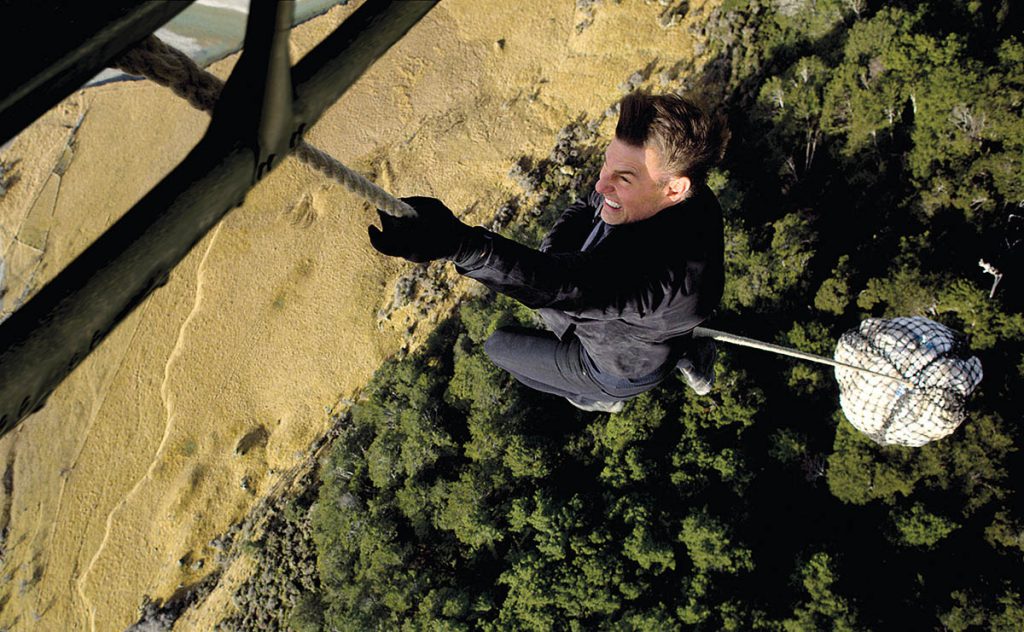
“I’ve created a tool that works for all time zones. One of the best things that I can do for my director is to keep chasing the iterations and making sure that he or she has seen the shots. The most important thing is establishing a relationship with editorial and making sure that you’re clear on the pipeline for your vendors and you know the resolution you’re delivering to. Basically, you are buttoned up from the beginning…”
—Robin Saxen, Visual Effects Producer
Switching over to the client side was the next step. “The facility experience has been invaluable because I understand how things are done, the technology, and what needs to go into making the shots believable and workable,” Saxen remarks. “My first experience was working on World War Z. That was tough because I didn’t know who was responsible financially for something, and each department is there to protect their own budgets. That was a bit trial by fire, but I learned a lot on that one.” The visual effects work has ranged from creating a fully digital bear protagonist for Studio Canal, to invisible effects that support an actor performing death-defying stunts for Paramount Pictures. “Because Paddington is a CG creature interacting with environments and people, you have to be aware of everything to make him sit in that three-dimensional space. There are different things to consider. You’re tracking the dialogue and having all that for the animation. It’s a little bit different when you’re turning things over and making it all work. I’ve always told people that the organic stuff is harder, like fur and plant life. [Director] Paul King was amazing to work with, and I see him so much in Paddington. When you’re on more of a live-action picture, it is your relationship with editorial and how quickly they assemble sequences. You need to do the clean-up work so you don’t see the stunt mats or the rigs. You have something that’s seated in reality, so you know what it needs to look like and how it has to interact with lighting in the environment. Basically, you have a template.”
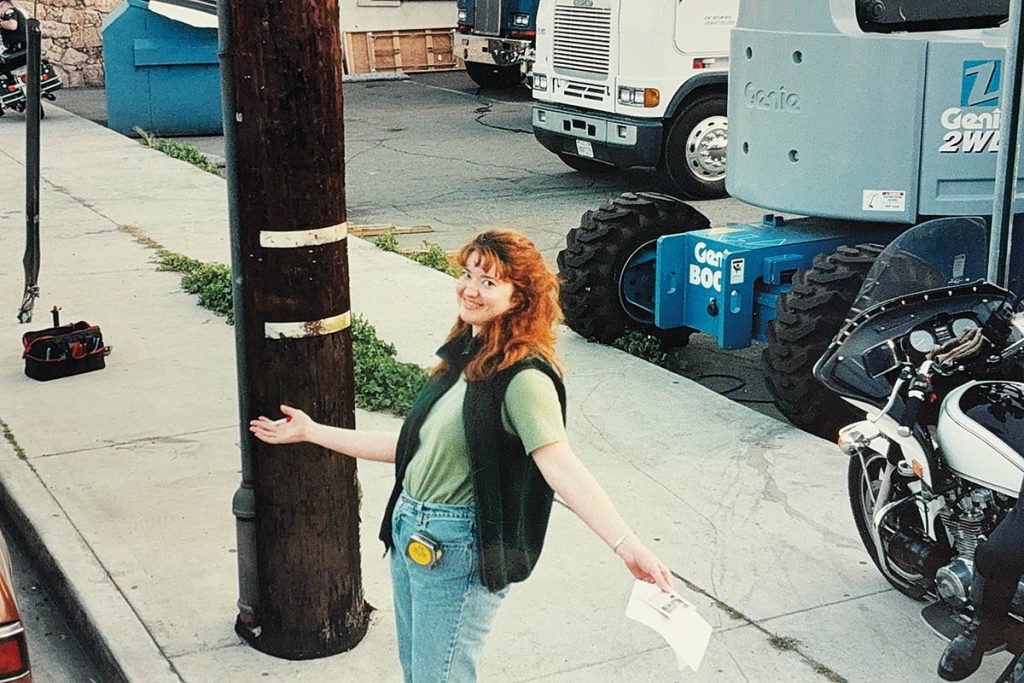
Fundamentals do not change. “What filmmakers want from me is, ‘How soon am I going to get it? Am I iterating, and what were my last notes? When was the last time I’ve seen this?’” Saxen states. “I’ve created a tool that works for all time zones. One of the best things I can do for my director is to keep chasing the iterations and making sure that he or she has seen the shots. The most important thing is establishing a relationship with editorial and making sure that you’re clear on the pipeline for your vendors and you know the resolution you’re delivering to. Basically, you are buttoned up from the beginning so that people that can do their tests and make sure that when submitting, everything is in line and they’re looking at stuff in the same visual space. If you do that, then when you’re in the push and turning over hundreds and hundreds of shots a week, you know that it’s a well-oiled machine.”
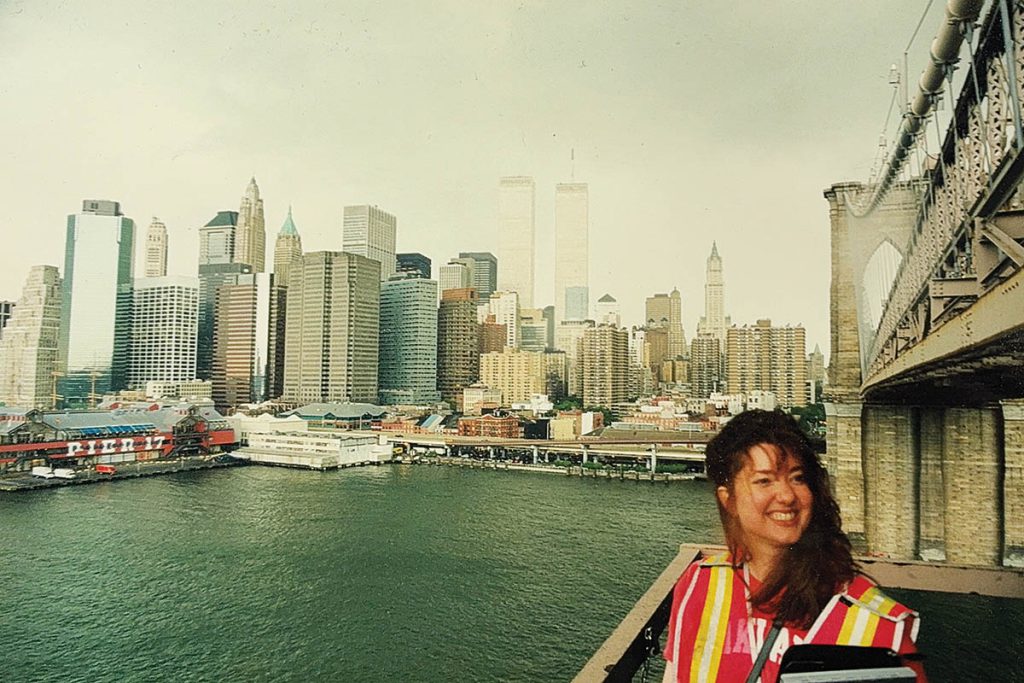
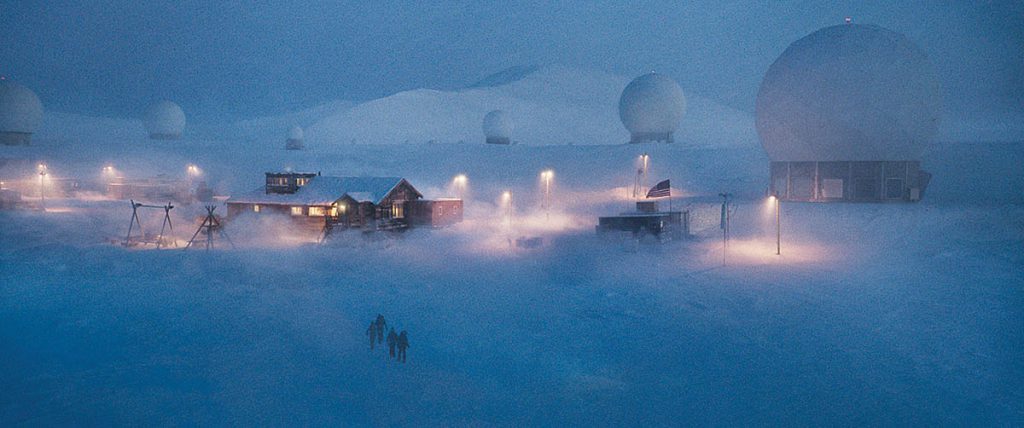
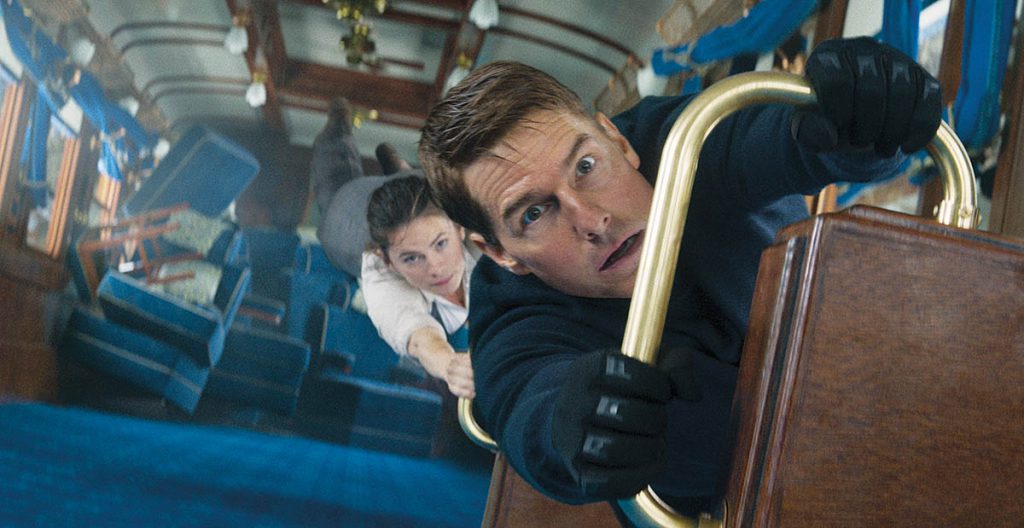
“If you have tools that make things easier, then you can focus on the next thing. What I hope is it will inject a creative freedom that enables you to make something that unleashes your potential.”
—Robin Saxen, Visual Effects Producer
Having the same team on Mission: Impossible – Dead Reckoning Part One and Mission: Impossible – The Final Reckoning was extremely beneficial. “Over the course of five years, we fine-tuned everything,” Saxen remarks. “Everyone could access the paperwork and notes easily, and they all felt comfortable with the tools. I made it so that when picture editorial had to export or import, it was like four commands. They could do their work and not have to worry about the small stuff.” A signature stunt performed by Tom Cruise for Mission: Impossible – The Final Reckoning is the submarine sequence. “We don’t know what a submarine would look like at that distance underwater in the Arctic,” Saxen observes. “But the way they engineered the inside of the submarine, and some parts of the exterior where Tom lands on the sub, gave us the framework that we built around to create something that is quite magical. It took time.”
If you want to be successful in the visual effects industry, you have to be quite thorough. “I created something that is like a digital Post-it, which we could leave each other so when you came in the morning and logged in, you’ll see them,” Saxen explains. “They’d be flagging changes, problems and concerns, and then I can resolve everything. I always had a record of those Post-its and would send notes back. It has allowed us to dynamically keep all of the vendors up to date.” Collaboration leads to the best results. “I have people who I am bringing up, and they are doing well. I include people in the decision process because they come up with ideas, and you’re all part of the solution; inclusion is the critical thing, which took me a bit to learn. You don’t always have to work alone. You can bring in the troops, and then you’re all on the same team. That has been hugely helpful.”